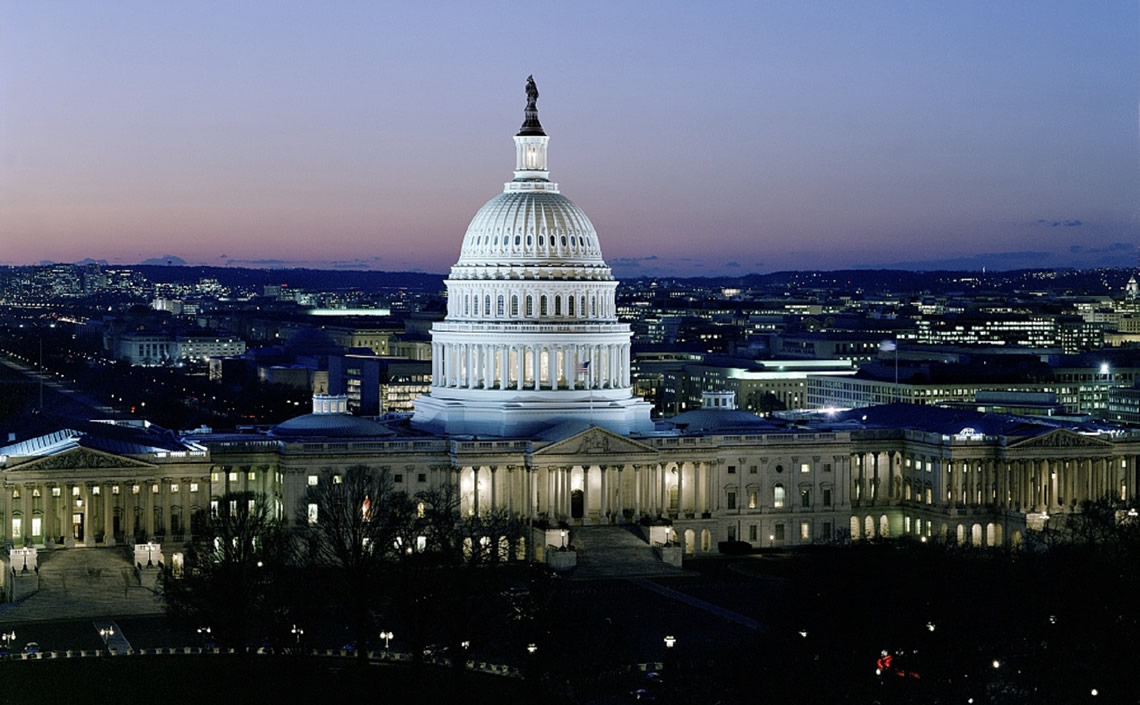SUMMARY:
The Coronavirus Aid, Relief, and Economic Security Act, CARES Act, is the economic relief bill signed into law March 27, 2020, and became Public Law 116-136. The primary purpose pf the Coronavirus Aid, Relief, and Economic Security Act is to keep workers paid and to bridge the business closures during the pandemic.
As with most laws of this type, there is a huge amount of information contained within the 335 pages. The first two titles are of particular interest to businesses and employees:
- TITLE I-KEEPING AMERICAN WORKERS PAID AND EMPLOYED ACT
- TITLE II-ASSISTANCE FOR AMERICAN WORKERS, FAMILIES, AND BUSINESSES
With regard to the covered period (beginning Feb. 15, 2020, and ending June 30, 2020), the Small Business Administration has increased the eligibility for certain small businesses and organizations to include sole proprietors, independent contractors and self-employed individuals. Below are a few highlights from the law that are of interest to small businesses:
ALLOWABLE USES OF COVERED LOANS.-
- IN GENERAL.-During the covered period, an eligible recipient may, in addition to the allowable uses of a loan made under this subsection, use the proceeds of the covered loan for-
- payroll costs;
- costs related to the continuation of group health care benefits during periods of paid sick, medical, or family leave, and insurance premiums;
- employee salaries, commissions, or similar compensations;
- payments of interest on any mortgage obligation (which shall not include any prepayment of or payment of principal on a mortgage obligation);
- rent (including rent under a lease agreement);
- utilities; and
- interest on any other debt obligations that were incurred before the covered period.
BORROWER REQUIREMENTS.-
- CERTIFICATION.-An eligible recipient applying for a covered loan shall make a good faith certification-
- (I) that the uncertainty of current economic conditions makes necessary the loan request to support the ongoing operations of the eligible recipient;
- acknowledging that funds will be used to retain workers and maintain payroll or make mortgage payments, lease payments, and utility payments;
- that the eligible recipient does not have an application pending for a loan under this subsection for the same purpose and duplicative of amounts applied for or received under a covered loan; and
- during the period beginning Feb. 15, 2020, and ending Dec. 31, 2020, that the eligible recipient has not received amounts under this subsection for the same purpose and duplicative of amounts applied for or received under a covered loan.
FORGIVENESS.-An eligible recipient shall be eligible for forgiveness of indebtedness on a covered loan in an amount equal to the sum of the following costs incurred and payments made during the covered period:
- Payroll costs.
- Any payment of interest on any covered mortgage obligation (which shall not include any prepayment of or payment of principal on a covered mortgage obligation).
- Any payment on any covered rent obligation.
- Any covered utility payment.
For an air carrier or United States business that has not otherwise received adequate economic relief in the form of loans or loan guarantees provided under Title I or II, you may find Title IV provides the economic relief you need. Contained within Title IV are loans and loan guarantees, of not more than $25 billion for passenger air carriers, repair stations certified under Part 145 and approved to perform inspection, repair, replace, or overhaul services, as well as ticket agents.
Most of the direct financial support for small businesses contained within the law is being administered through the Small Business Administration. For any business with fewer than 500 employees, the Small Business Administration Coronavirus (COVID-19): Small Business Guidance & Loan Resources website is an excellent resource.
The following is from the SBA:
- In response to the Coronavirus (COVID-19) pandemic, small business owners in all U.S. states, Washington D.C., and territories are eligible to apply for an Economic Injury Disaster Loan advance of up to $10,000.
- The SBA's Economic Injury Disaster Loan program provides small businesses with working capital loans of up to $2 million that can provide vital economic support to small businesses to help overcome the temporary loss of revenue they are experiencing. The loan advance will provide economic relief to businesses that are currently experiencing a temporary loss of revenue.
- Funds will be made available within three days of a successful application, and this loan advance will not have to be repaid.
To apply for a COVID-19 Economic Injury Disaster Loan, click here.
AEA COMMENTARY:
The Aircraft Electronics Association applauds the U.S. Congress as well as the administration for developing and approving this much-needed economic relief, which is vital for the avionics industry, especially the aviation small businesses, to survive.
FOR MORE INFORMATION:
Contact Ric Peri, AEA vice president of government and industry affairs, by email at ricp@aea.net or by phone at 202-589-1144.

